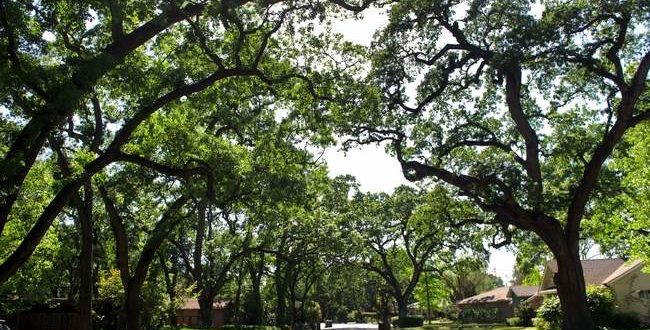Saving our real seniors: oaks
Published on May 13th, 2015
Michael Fitzgerald
May 12, 2015
Recordnet.com
Magnificent Valley oak trees (Quercus lobata) are one of the largest living things in our Valley. Strike that: Because oaks live up to 600 years(!) this is their Valley. We just live in it.
“There’s something about their size and shape,” said Dave Rizzo, a professor of plant pathology at the University of California, Davis. “That kind of gnarly shape. Spreading crowns. They’re just really cool.”
They’re cool — but many are stressed by the drought. I got to thinking about it because my house sits under Valley oaks. I do not want those old boys dying on my watch.
I am joined in this sentiment by my fellow mammals, the jay, the squirrel, the woodpecker, to name several. And a wide array of insects. Oaks being biodiversity magnets.
If, however, you water Valley oaks the way you water everything else, you kill them.
Understanding their counter-intuitive care and feeding begins with the Valley’s Mediterranean climate: winter rains, spring floods, dry summers. Oaks are adapted to it.
So while winter’s drought stressed them, so can summer overwatering. Or any summer watering of the oak’s Achilles’ heel.
“Don’t get within 10 feet of the trunk,” warns Karrie Reid, an environmental horticulture adviser with the UC Davis Cooperative Extension.
Reid explained, “There are no water-absorbing roots that close to the trunk. That’s why they die. The water just sits there and rots the trunk.”
Water activates root-killing fungus in the soil. Dormant in winter, this fungus awakes when soil temperature tops 50 degrees (soil temperature parallels nighttime temperatures. The fungus alarm clock is just going off).
To recap: “Hot/wet is the enemy,” said Reid.
Yet people plant thirsty flowers or lawns around oaks. They water them constantly all summer.
Do not do this, Ye stewards. “That’s what causes the slow decline of those magnificent trees,” said Reid.
Water oaks at the roots. Though, “the roots are not where you think they are,” Reid said.
“They are actually out more near the drip line.” The “drip line” is the outer edge of the canopy. In other words, the roots form a sort of mirror image of the canopy, growing underground.
Ring a soaker hose around the drip line every two weeks, Reid advises. Water slowly. Moisten soil to a depth of a foot and a half.
You can measure moisture scientifically with a soil probe or use a “RBS,” a really big screwdriver. If the RBS slips easily into the ground, the soil is moist.
Of course, oaks are so big that their drip line may be in your neighbor’s yard. In which case your neighbor is watering your oak for you. What a nice guy.
What to plant around oaks? Native plants, said Rizzo.
Drought-tolerant shrubs such as California coffeeberry or toyon do well in oak shade, as do low-growing groundcovers such as Hummingbird sage, which attracts hummingbirds, a bonus.
Sunset magazine publishes a Western Garden Book with a chapter devoted to native California plants, Rizzo recommended.
Humans transformed the natural environment in which oaks grew. They reclaimed flood plains so the old gents can’t suck up enough water to survive parched summers.
They paved land, creating heat islands, hiking the temperature.
Heedless watering amounts to a triple whammy.
If your oak feels punk, it will tell you. The canopy may “die back.” Leaves may grow smaller. The oak may sprout “epicormic growth,” new shoots off the trunk or branches.
But if you follow these tips, you will preserve these “stately lords” of the Valley.
— Contact columnist Michael Fitzgerald at (209) 546-8270 or [email protected] Follow him at recordnet.com/fitzgeraldblog and on Twitter @Stocktonopolis





